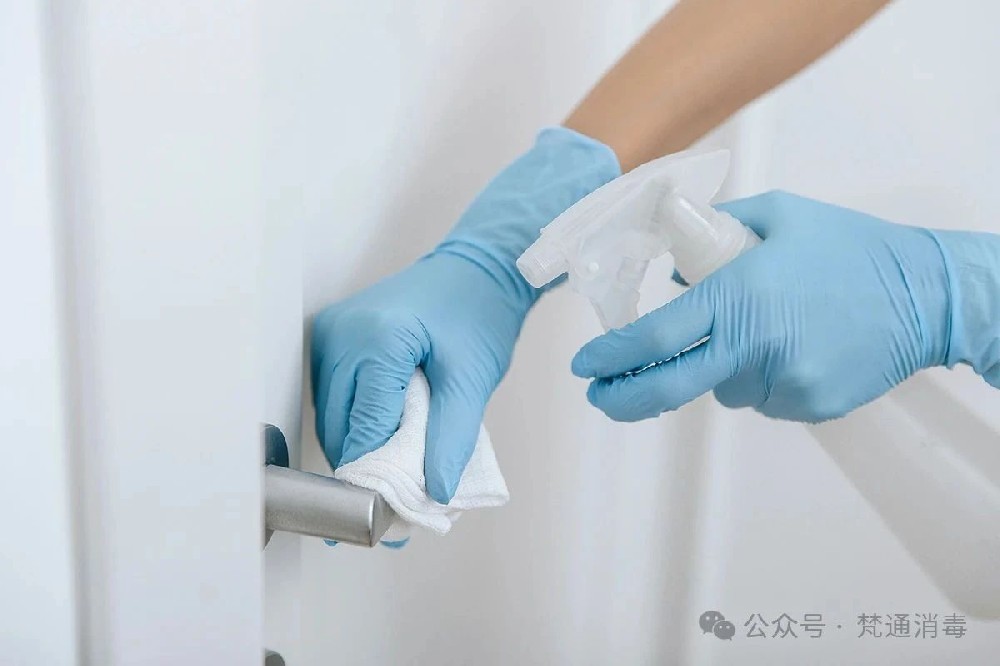Chemical disinfection factors – alcohol compounds | pharmaceutical factory disinfection laboratory disinfection medical disinfection services
- Addtime: 2025-07-25 / View: 115
Disinfection knowledge series
Chemical disinfection factors – alcohol compounds
Among chemical disinfection factors, alcohol compounds have become a “frequent customer” for disinfection in homes, hospitals and other places due to their high efficiency and convenience. Among them, ethanol and isopropanol are particularly prominent. How do they play a disinfection role? What are the key points for use? Let’s learn about it together.

1. Ethanol: A household name disinfection “star”
Ethanol, or alcohol as we often call it, is mainly prepared by fermentation and synthesis. The fermentation method uses grains, potatoes, etc. as raw materials and uses microorganisms to ferment and produce ethanol; the synthesis method is produced by hydration of ethylene. In terms of disinfection, a 75% concentration of ethanol aqueous solution has the best disinfection effect. It can quickly penetrate into the bacteria, coagulate and denature the protein, and thus kill bacteria and some viruses. In daily life, we often use ethanol to wipe the surfaces of mobile phones, door handles, keyboards and other items; in medical scenarios, medical staff also use it for skin disinfection and medical equipment surface cleaning. However, ethanol is flammable and volatile. Keep away from open flames and heat sources when using it, and store it in a sealed and cool place to avoid children’s contact.
2. Isopropyl alcohol: a disinfection “expert” with superior performance
Isopropyl alcohol can be made by hydration reaction of propylene. Compared with ethanol, it has stronger bactericidal ability and better lipid dissolving ability, and can effectively kill bacterial propagules, fungi and some viruses. In the electronics industry, isopropyl alcohol is often used to clean precision electronic components and remove oil and impurities; in the medical field, it can also replace ethanol for skin and surface disinfection. Isopropyl alcohol is also flammable, and its smell is more pungent than ethanol. It needs to be well ventilated when used. When used in large quantities, gloves and masks should be worn to prevent inhalation of excessive steam or contact with the skin to cause discomfort.
3. General precautions for using alcohol disinfectants
Whether it is ethanol or isopropyl alcohol, it cannot be used for large-scale spraying and disinfection to prevent the formation of flammable steam mixed with air and explosion when exposed to open flames; it is prohibited for those who are allergic to alcohol; avoid mixing with other cleaning agents and disinfectants during disinfection to avoid chemical reactions to produce harmful gases. In addition, it is not advisable to store too much alcohol disinfectant at home. It is safer to store it in small bottles. Tighten the bottle cap in time after use to prevent evaporation and failure.
Ethanol and isopropyl alcohol protect our health with their own advantages. Only by mastering the correct usage methods can these two disinfecting “alcohols” play a better role and protect our living environment.












